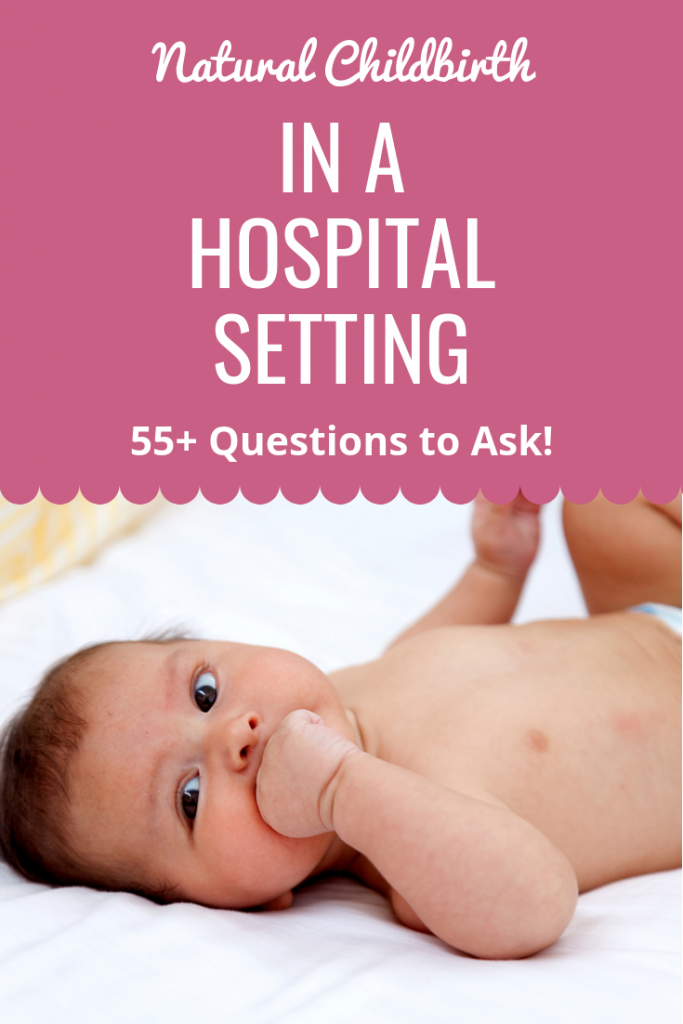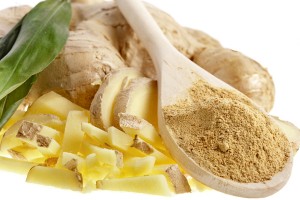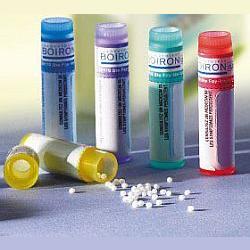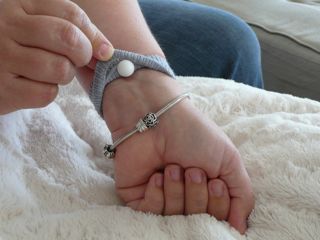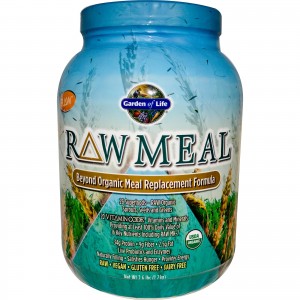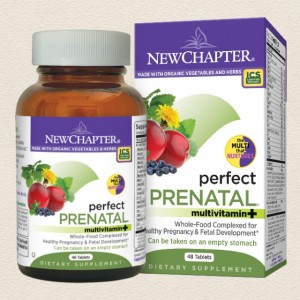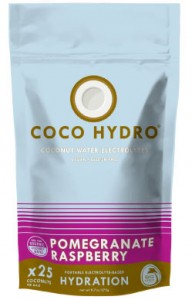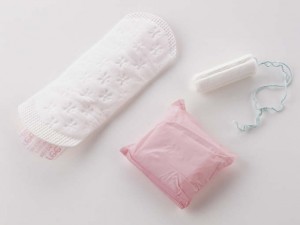Quotes of the Soul
“If I don’t know my options, I don’t have any.”
~ Diana Korte
“Birth is powerful… Let it empower you.”
~ Unknown
“Just as a woman’s heart knows how and when to pump,
her lungs to inhale,
and her hand to pull back from the fire,
so she knows when and how to give birth.”
~Virginia Di Orio
“Only with trust, faith, and support can the woman allow the birth experience to enlighten and empower her.”
~ Claudia Lowe
“There is a secret in our culture, and it’s not that birth is painful.
It’s that women are strong.”
~ Laura Stavoe Harm
“You are constructing your own reality with the choices you make…or don’t make.
If you really want a healthy pregnancy and joyful birth, and you truly understand that you are the one in control,
then you must examine what you have or haven’t done so far to create the outcome you want.”
~ Kim Wildner
“The need to pursue healthy birth options and birth rights for women and babies doesn’t end with our own births;
for women will always birth after us.”
~ Desirre Andrews
“You block your dream when you allow your fear to grow bigger than your faith.”
~ Mary Manin Morrissey
“Nothing in life is to be feared. It is only to be understood.”
~ Marie Curie
“Those who fear birth, also fear those who don’t fear birth.”
~ Angela Woerner
“The best way to avoid a cesarean is to stay out of the hospital.”
~ Brooke Sanders Purves
“I am the hero of this story”
~ Regina Spektor
“Strength doesn’t come from what you can do…
It comes from overcoming the things you once thought you couldn’t.”
~ Rikki Rogers
“You gain strength, courage and confidence by every experience in which you really stop and look fear in the face.”
~ Eleanor Roosevelt
“There may never be a baby book that offers the conclusive answer to every question,
but it’s possible to extract some wisdom from the suffering of past generations of parents.
Does the book you’re reading contradict itself repeatedly,
require you to override all your parental instincts,
or send you into a panic over your own inadequacy?
If so, burn it.”
~ Libby Copeland
“Childbirth provided the drama I craved,
the thrill of peeking over the primal edge of creation,
the rush of the unexpected.”
~ Peggy Vincent
“Birth isn’t something we suffer,
but something that we actively do and exult in!”
~ Sheila Kitzinger
“For far too many women, pregnancy and birth is something that happens to them rather than
something they set out consciously to do themselves.”
~ Sheila Kitzinger
“The power and intensity of your contractions cannot be stronger than you,
because it is you.”
~ Unknown
”Rain, after all is only rain; it is not bad weather.
So also, pain is only pain; unless we resist it,
then it becomes torment.”
~ the I Ching
“The knowledge of how to give birth without outside interventions lies deep within each woman.
Successful childbirth depends on the acceptance of the process.”
~ Suzanne Arms
“Birth is not only about making babies. It’s about making mothers…
strong, competent, capable mothers who trust themselves and believe in their inner strength”
~ Barbara Katz Rothman
“A woman in harmony with her spirit is like a river flowing.
She goes where she will without pretense and arrives at her destination,
prepared to be herself and only herself.”
~ Maya Angelou
“The same movements that get the baby in, get the baby out.”
~ From Birthing From Within
“Giving birth should be your greatest achievement not your greatest fear.”
~ Jane Weideman
“When you change the way you view birth, the way you birth will change.”
~ Marie Mongan
“A healthy woman who delivers spontaneously performs a job that cannot be improved upon.”
~ Aidan MacFarlane
“Life only demands from you the strength you possess.”
~ David Hammarskjold
“All natural birth has a purpose and a plan; who would think of tearing open the chrysalis as the butterfly is emerging?
Who would break the shell to pull the chick out?”
~ Marie Mongon, Hypnobirthing
“Birth is the sudden opening of a window, through which you look out upon a stupendous prospect.
For what has happened? A miracle.
You have exchanged nothing for the possibility of everything.”
~ William MacNeile Dixon
“It seems that many health professionals involved in antenatal care have not realized
that one of their roles should be to protect the emotional state of pregnant women.”
~ Dr. Michel Odent
“Call it “womb awe” or even “womb worship” but it’s not simple envy.
I don’t remember even wanting to be a woman.
But each of the three times I have been present at the birth of one of my children,
I have been overwhelmed by a sense of reverence…
It was quite suddenly, the first day of creation; the Goddess giving birth to a world…
Like men since the beginning of time I wondered:
What can I ever create that will equal the magnificence of this new life?”
~ Sam Keen
“The whole point of woman-centered birth is the knowledge that a woman is the birth power source.
She may need, and deserve, help, but in essence, she always had, currently has, and will have the power.”
~ Heather McCue
“Childbirth is more admirable than conquest, more amazing than self-defense, and as courageous as either one.”
~ Gloria Steinem
“The effort to separate the physical experience of childbirth from the mental,
emotional and spiritual aspects of this event has served to disempower and violate women.”
~ Mary Rucklos Hampton
“Deep within each woman, lies the Knowledge of how to give birth without outside interventions.”
~ Unknown
”The wisdom and compassion a woman can intuitively experience in childbirth
can make her a source of healing and understanding for other women.”
~ Stephen Gaskin
“The instant of birth is exquisite. Pain and joy are one at this moment.
Ever after, the dim recollection is so sweet that we speak to our children with a gratitude they never understand.”
~ Madline Tiger
“It is not only that we want to bring about an easy labor, without risking injury to the mother or the child; we must go further.
We must understand that childbirth is fundamentally a spiritual, as well as a physical, achievement.
The birth of a child is the ultimate perfection of human love.”
~ Dr. Grantly Dick-Read
“No other natural bodily function is painful and childbirth should not be an exception.”
~ Dr. Grantly Dick-Read
“Many women have described their experiences of childbirth as being associated with a spiritual uplifting,
the power of which they have never previously been aware.
To such a woman, childbirth is a monument of joy within her memory.
She turns to it in thought to seek again an ecstasy which passed too soon.”
~ Dr. Grantly Dick Read
“Fear can be overcome only by Faith.”
~ Dr. Grantly Dick-Read
“Mothers need to know that their care and their choices won’t be compromised by birth politics.”
~ Jennifer Rosenberg
If in doubt, breathe out.”
~ Cathy Doberska
“When you have come to the edge of all light that you know and are about to drop off into the darkness of the unknown,
FAITH is knowing one of two things will happen:
There will be something solid to stand on or you will be taught to fly.”
~ Patrick Overton
“30,000 women will be giving birth with you today.
Relax and breathe and do nothing else.
Labor is hard work and you can do it.”
~ Unknown
“Focus on what you can do, then do it with all your heart.”
~ Lois Wilson
“Courage is what it takes to stand up and speak, courage is also what it takes to sit down and listen.”
~ Winston Churchill
”No amount of prenatal blood sampling, uterine testing, ultrasounds, amniocentesis,
or other physical evaluations can substitute for good maternal nutrition.”
~ Dr. David Stewart
“It does a man good to see his lady being brave while she has their baby… it inspires him.”
~ Ina May Gaskin
“Life only demands from you the strength you possess.”
~ David Hammarskjold
“If I had my life to live over, instead of wishing away nine months of pregnancy,
I’d have cherished every moment and realized that the wonderment growing inside me was the only chance in life to assist God in a miracle.”
~ Erma Bombeck
“Imagine what might happen if women emerged from their labor beds with a renewed sense of the strength and power of their bodies,
and of their capacity for ecstasy through giving birth”
~ Dr. Christiane Northrup
“Birth is an experience that demonstrates that life is not merely function and utility, but form and beauty.”
~ Christopher Largen
